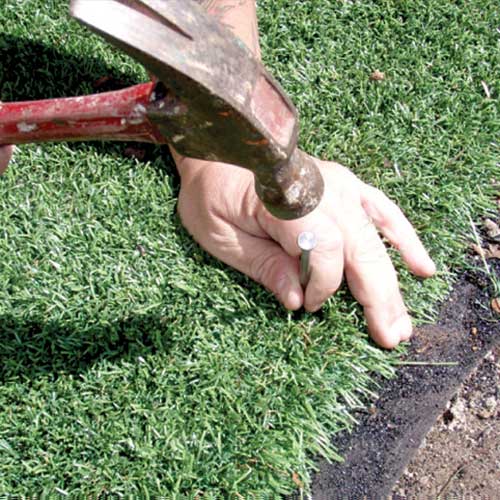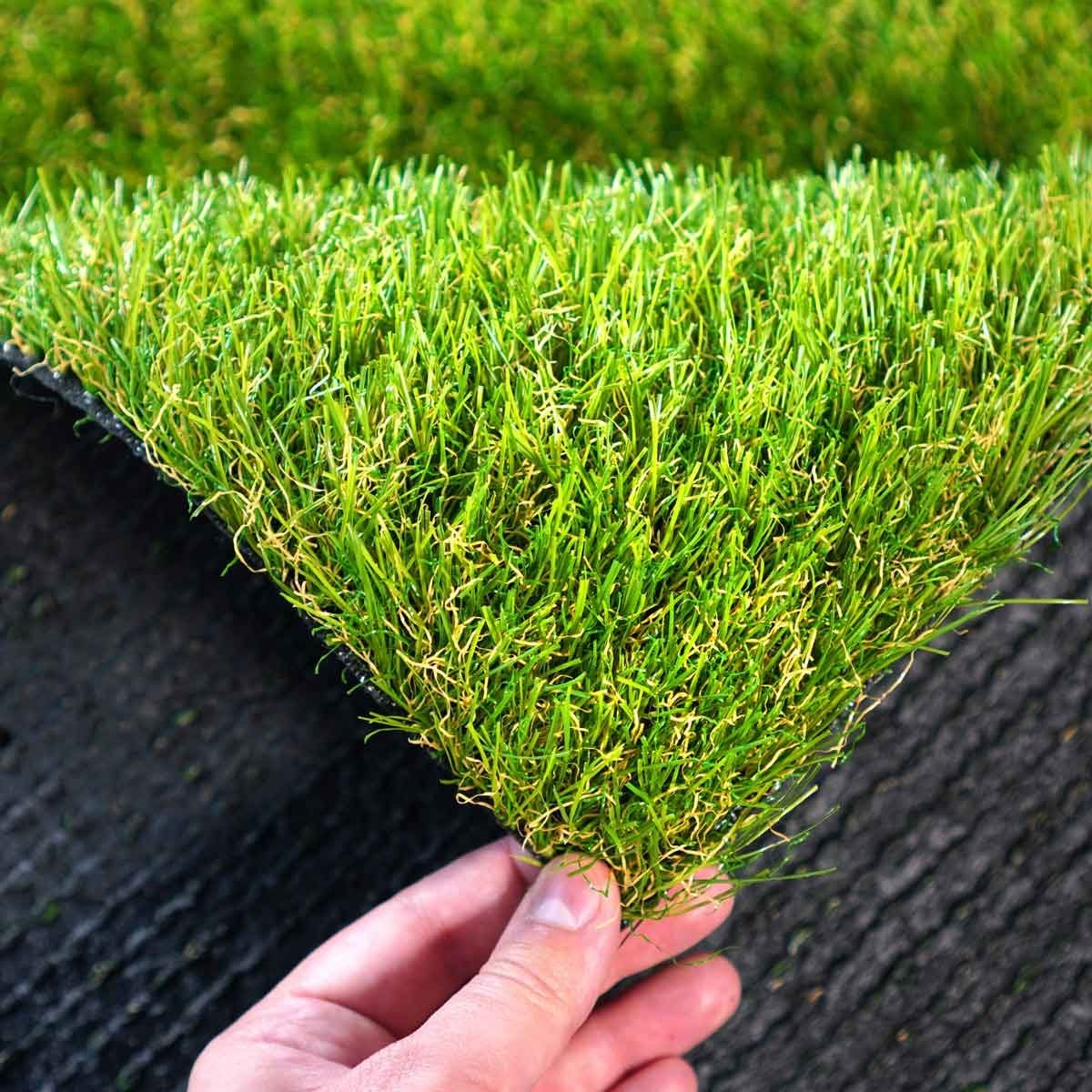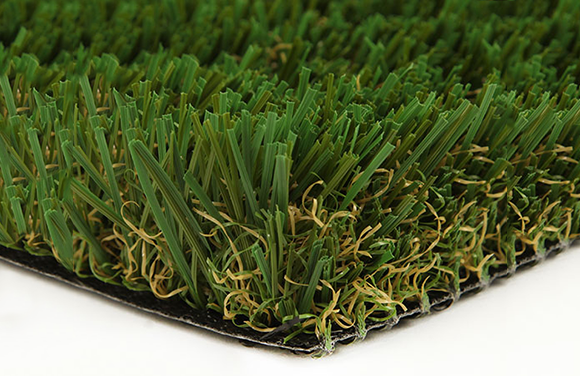Best Phoenix Turf Companies Providing Synthetic Grass Options
Best Phoenix Turf Companies Providing Synthetic Grass Options
Blog Article
Explore the Environmental Advantages of Opting for Synthetic Grass Solutions
The fostering of fabricated turf remedies provides a compelling chance to address pressing environmental obstacles. By considerably minimizing water use and minimizing the application of damaging chemicals, these options not only advertise lasting landscape design yet also safeguard neighborhood ecosystems. In addition, the lower carbon impact associated with decreased maintenance tasks adds to a much more lasting strategy to land monitoring. Nevertheless, the effects of these benefits prolong past plain preservation efforts, questioning concerning their long-term effect on environment preservation and overall ecological balance. Checking out these dimensions reveals a complicated interplay worth thinking about.
Water Preservation Benefits
Among one of the most considerable benefits of synthetic grass is its capability to preserve water. Standard grass lawns need significant irrigation, especially in locations susceptible to dry spell or water constraints. In comparison, synthetic turf does not need watering, considerably decreasing the general need for water resources. This feature is specifically helpful in deserts where water deficiency is a pressing issue.
By getting rid of the demand for regular watering, fabricated grass adds to sustainable landscape methods and helps mitigate the environmental influence of extreme water usage. Moreover, the preservation of water expands to the decrease of drainage, which can bring about dirt erosion and river pollution.
Furthermore, the installment of synthetic grass allows home owners and towns to assign water sources more efficiently, concentrating on crucial usages such as drinking water and agriculture. The shift towards fabricated turf not only advertises accountable water use yet also aligns with more comprehensive environmental goals targeted at maintaining natural sources.
As neighborhoods increasingly prioritize sustainability, the water preservation advantages of fabricated turf provide a compelling situation for its adoption in commercial and property landscape design projects.
Reduced Chemical Usage
The transition to artificial grass substantially reduces the dependence on chemical therapies typically utilized in all-natural turf upkeep. Conventional lawn management commonly includes the application of chemicals, herbicides, and plant foods to advertise development and control bugs. These chemicals can pose threats to human health and wellness, neighborhood wildlife, and the atmosphere, contributing to dirt and water contamination.
In contrast, synthetic turf removes the need for these hazardous substances. As soon as installed, it needs marginal maintenance, largely including normal cleansing and seldom infill replenishment. This reduction in chemical use not just benefits the instant environment but also adds to wider eco-friendly security. By lessening the launch of synthetic substances into the ecosystem, synthetic grass promotes much healthier dirt and water systems.
Additionally, the absence of chemical runoff connected with synthetic turf setups assists secure neighborhood rivers from pollution, supporting aquatic life and keeping biodiversity. Phoenix turf companies. As areas increasingly focus on lasting practices, selecting synthetic grass provides a practical remedy that straightens with environmental preservation objectives. Through this change, residential property owners can enjoy lavish green rooms without endangering ecological health, leading the way for a much more lasting future
Reduced Carbon Footprint

Moreover, the installment of fabricated lawn can lead to significant water preservation. All-natural grass require significant amounts of water for irrigation, which not just contributes to the carbon footprint connected with water extraction and therapy but additionally stress regional water sources. On the other hand, synthetic grass requires very little maintenance, needing no watering, consequently significantly reducing water use and its connected power expenses.
In addition, the longevity of man-made lawn contributes to its decreased carbon influence. With a life-span of approximately 15 years or even more, the need for frequent substitutes is reduced, resulting in much less waste and lower power usage in production and disposing of standard yard choices. Overall, man-made grass provides a lasting option for eco mindful landscape design.
Environment Preservation
Habitat conservation is an important factor to consider in the debate over landscaping choices, particularly when contrasting synthetic grass to all-natural grass. Natural turf yards often require considerable upkeep, consisting of using plant foods, chemicals, and herbicides, which can adversely impact neighborhood environments. These chemicals can leach into the dirt and rivers, damaging indigenous flora and fauna and interfering with regional habitats.
In contrast, synthetic grass provides a chance to reduce the environmental impact of landscape design. By deciding for artificial turf, property owners can lessen the interruption of natural environments connected with traditional grass care techniques. Synthetic grass gets rid of the demand for damaging chemicals, thus shielding close-by wild animals and preserving the honesty of surrounding ecosystems. The setup of fabricated turf can lead to the conversion of former yard areas right into even more biodiverse landscapes, such as pollinator yards or indigenous plant areas, which can sustain neighborhood wild animals.
Eventually, the change to synthetic grass not only preserves water and reduces maintenance initiatives yet additionally cultivates a more harmonious partnership between human activities and the native environment, promoting habitat conservation at the same time.
Long-Term Sustainability
Long-term sustainability is an important aspect in reviewing the benefits of man-made grass over conventional turf yards. One of one of the most significant advantages of synthetic turf is its longevity; it can last as much as 15-20 years with very little upkeep, whereas natural turf calls for constant reseeding and replacement. This durability reduces the requirement for consistent resources, such as water, fertilizers, and pesticides, which are important for preserving a healthy grass lawn.
In addition, synthetic grass adds to a reduction in carbon discharges related to lawn treatment equipment. Traditional lawns usually need gas-powered mowers, trimmers, and blowers, every one of which add to air pollution. Phoenix turf companies. On the go right here other hand, artificial lawn removes the requirement for such devices, advertising a cleaner environment
Furthermore, the manufacturing look here of man-made turf increasingly utilizes recycled materials, boosting its sustainability account. As manufacturers embrace eco-friendly techniques, the environmental impact of fabricated grass remains to lessen.

Conclusion
The adoption of synthetic grass solutions offers significant ecological benefits, consisting of substantial water conservation, lowered dependence on dangerous chemicals, and a lower carbon footprint. Moreover, synthetic grass help in protecting all-natural environments by minimizing land disruption and promoting long-lasting sustainability via making use of resilient products. Jointly, these elements highlight the possibility of synthetic turf to add positively to ecological health and wellness and supply a feasible choice to conventional landscaping techniques in a significantly resource-conscious world.
In comparison, artificial grass does not need watering, dramatically minimizing the overall need for water resources. By reducing the launch of artificial compounds into the community, artificial grass advertises healthier soil and water systems.
Furthermore, the installment of man-made lawn can result in substantial water preservation. In comparison, fabricated turf requires very little upkeep, calling for no watering, thus substantially decreasing water use and its linked power costs.

Report this page